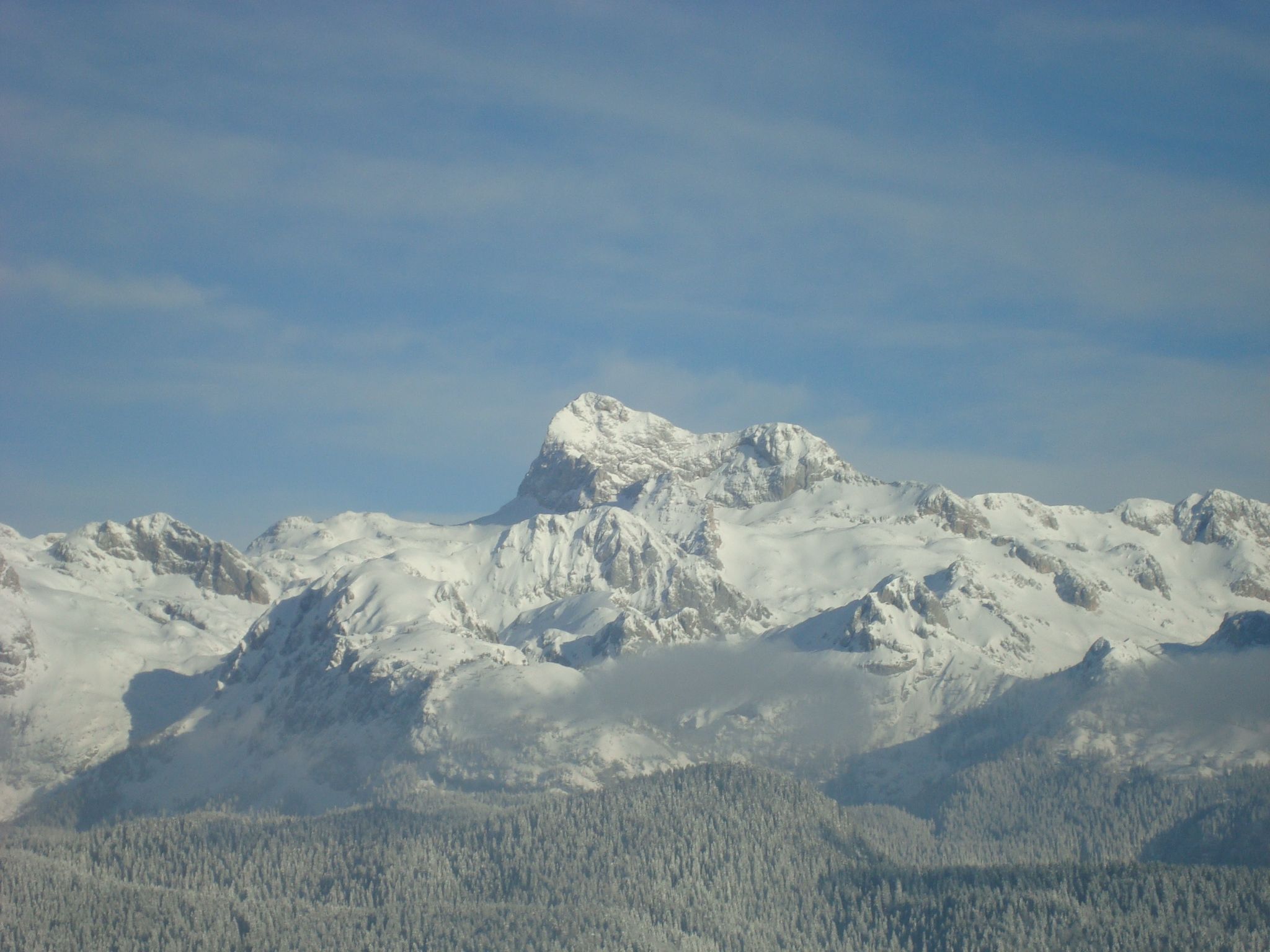IV.1. The role of terrain
In mountaineous regions natural surroundings might considerably differ even within a relatively small area. If the snow conditions are proper, the height of 1000-2000 m above sea level provides the best opportunities for skiing. (Kollarik 1991). At the same time, during snowy winters these destinations might be difficult to access, and avalanches are also a threat. (The Alps and the Carpathian mountains). In these regions the passes represent suitable routes. A pass is a location in a range of mountains that is lower than the surrounding peaks, so it is suitable for travel. (e.g. Simpson Pass).
It is obvious that the various types of skiing need different terrain. Alpine skiing and ski jump require areas with higher relief energies, and differences in altitude, while cross-country skiing requires relatively flat surfaces. The former types of sport are mostly pursued in high mountains (e.g. The Alps), while the latter one is mainly done in the north of Europe (In Finland, for example).
The slopes, suitable for Alpine skiing and ski jumps have a gradient of 12-25%. In the Alps, due to the erosion of the former surface, the so-called miocene-age mountain footsteps and the pleistocene.age valley edges offer the best opportunities for skiing. The rocky surfaces in higher mountains are practically unsuitable for skiing. (Herlicska 2000).
The slope itself has an important role in the thickness of the snow cover. If the slope is too steep, the thick layer of snow can easily move down, causing an avalanche. In addition, at higher altitudes the wind is stronger, too, and it can blow the snow away.
The beauty of mountain peaks and valleys have a very important aesthetic role, too for a skier. The high mountains have peaks which came into being in the Ice-age. Their jagged edges, steep slopes, ravines, deep valleys and glacial lakes offer an unforgettable view to skiers.The plants are also part of the beauty of the landscape. The flora changes with the altitude: the beech woods of lower altitudes give way to pine forests and then to high-altitude plant communities. (Figure 1.)
For further details see.
http://www.mozaweb.hu/Lecke-Foldrajz-Foldrajz_9-A_hegyvidekek_ovezetessege-100155

Figure 1. Triglav in the Julian Alps in winter, taken from Bohinj. Photograph by the author.